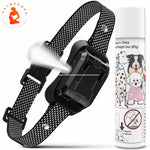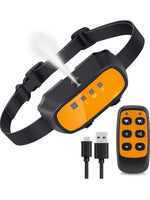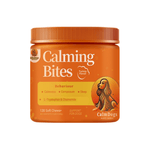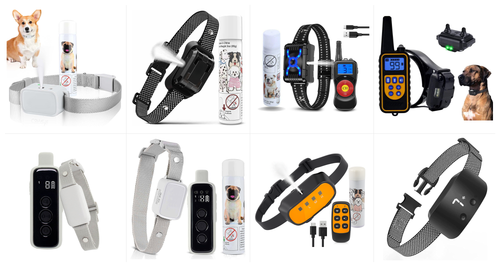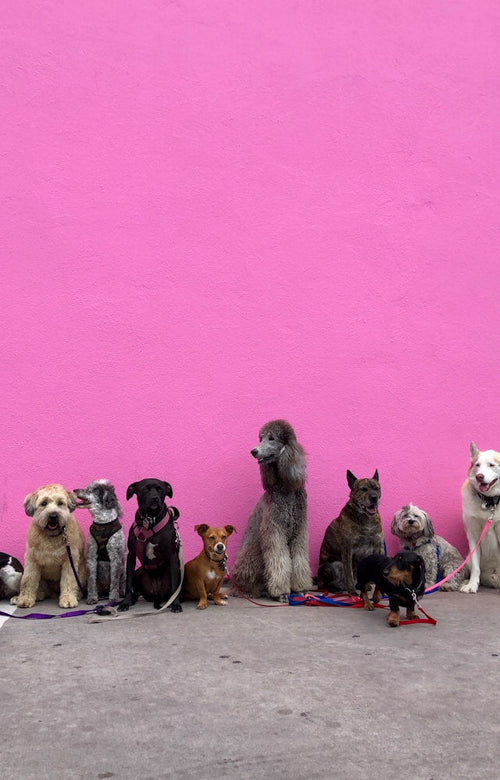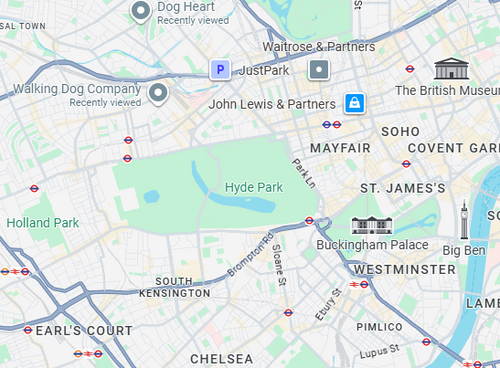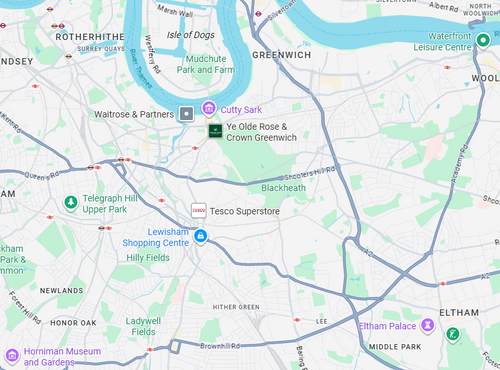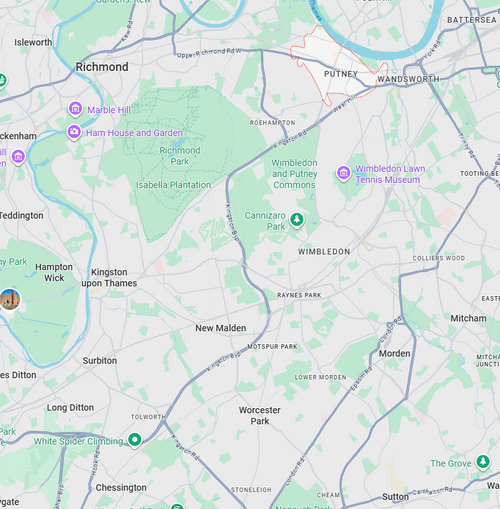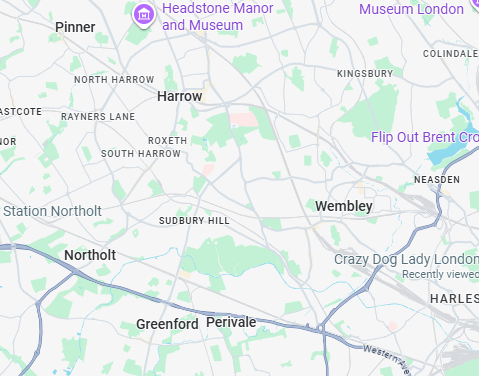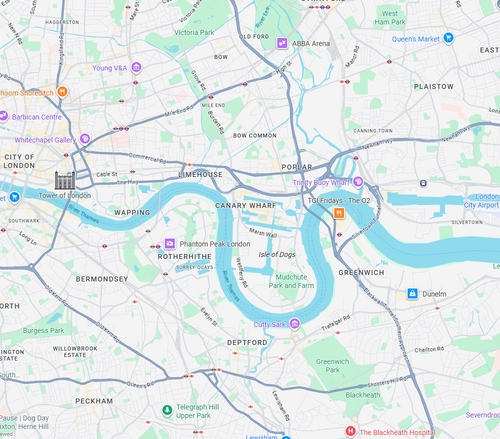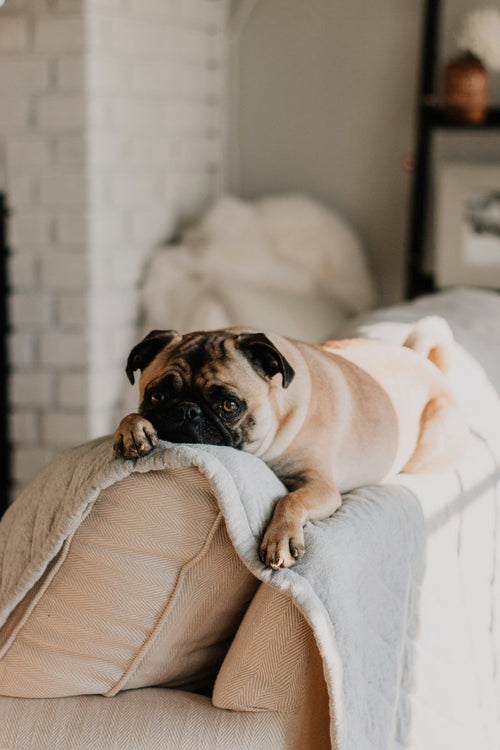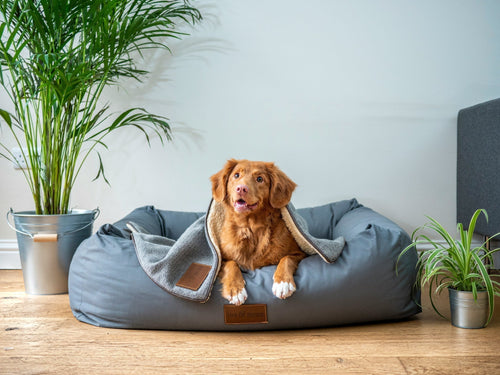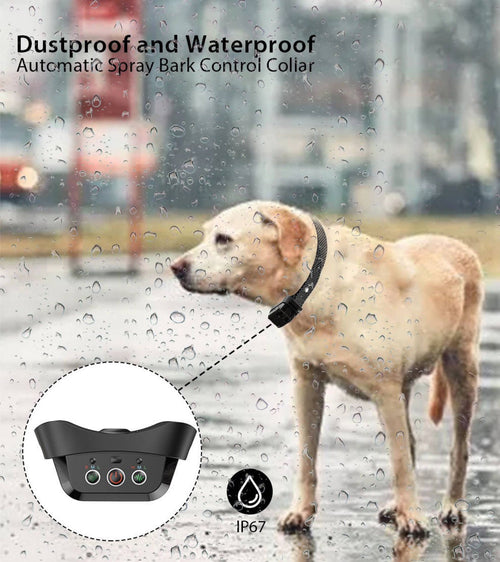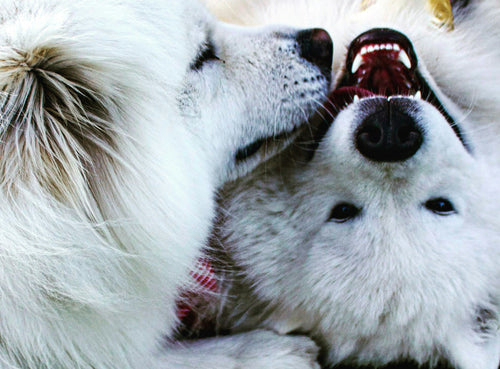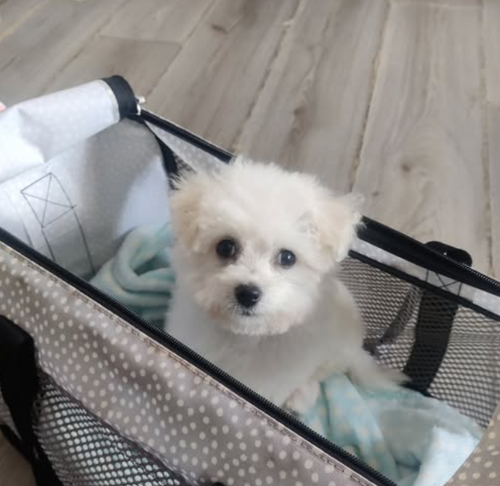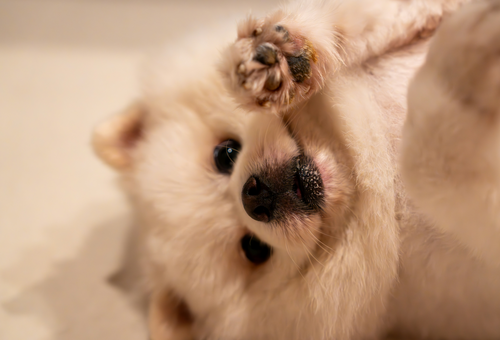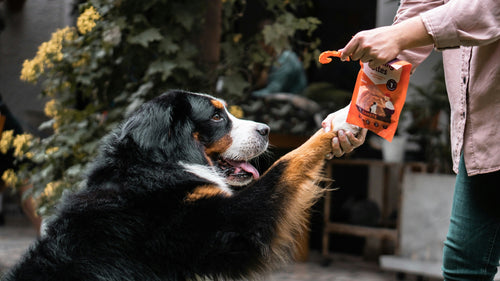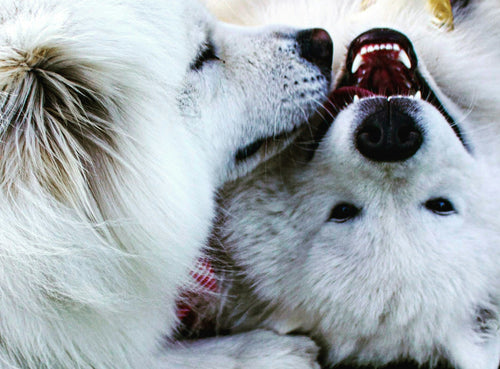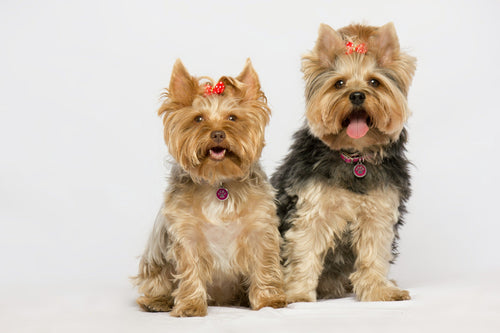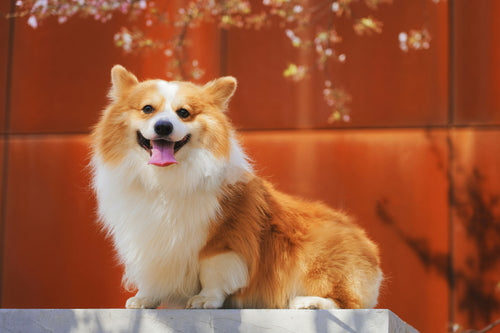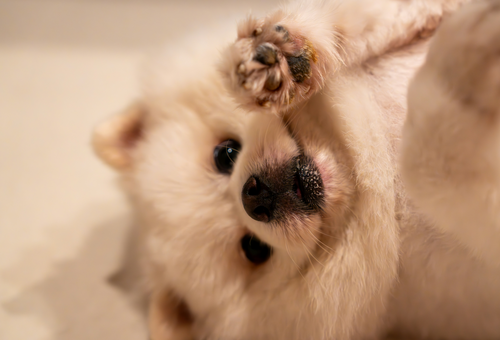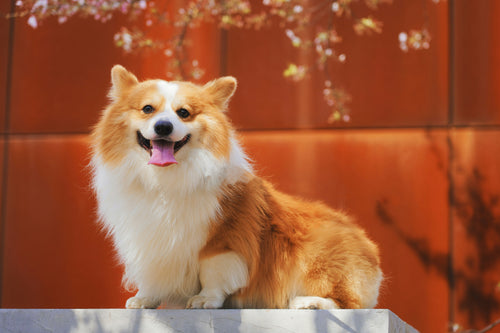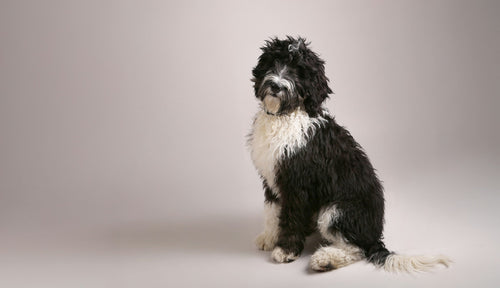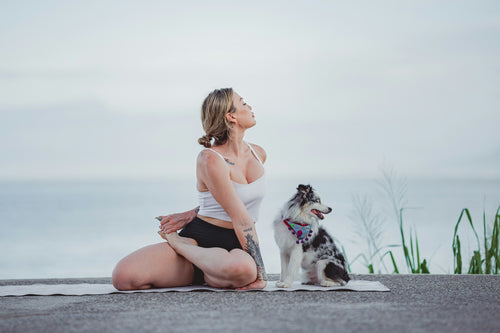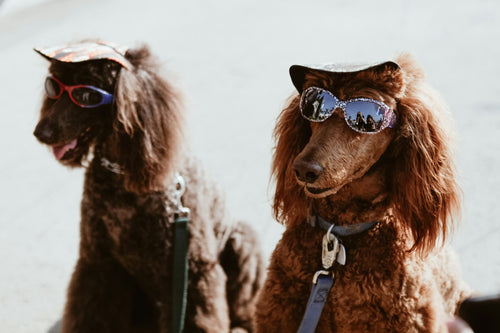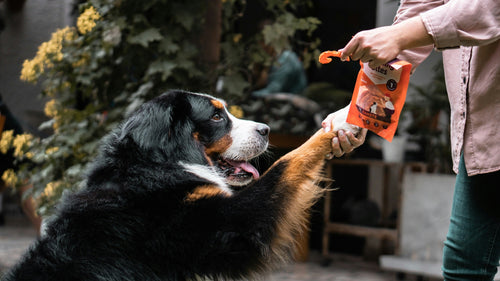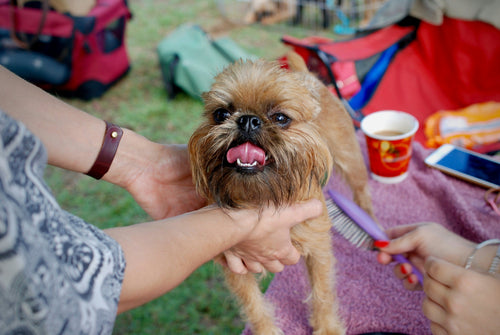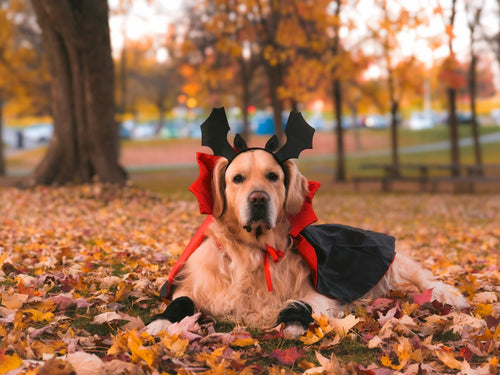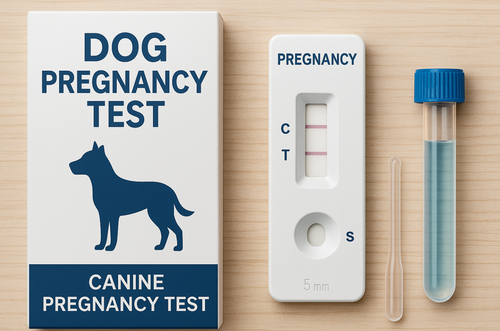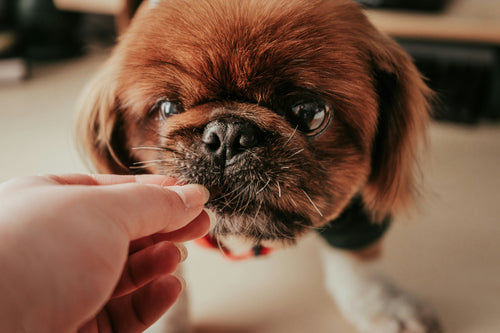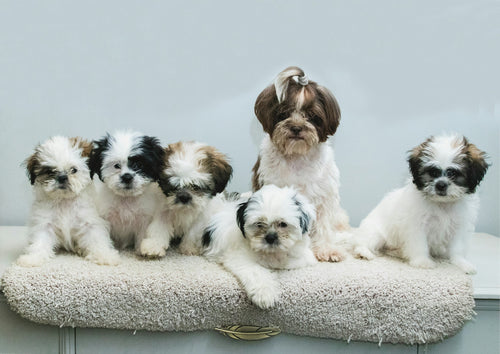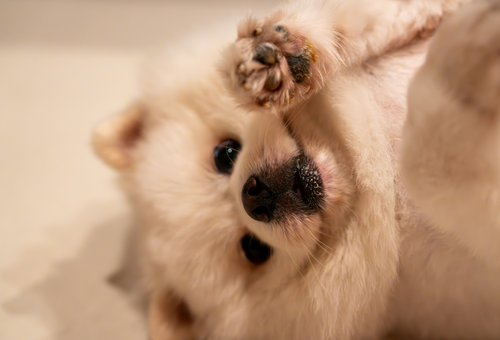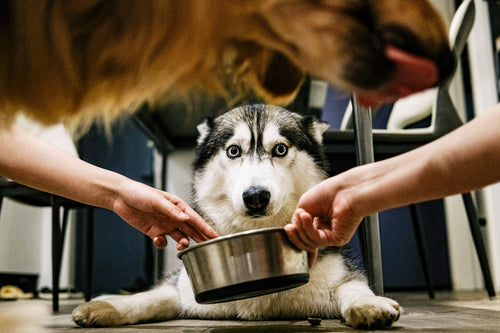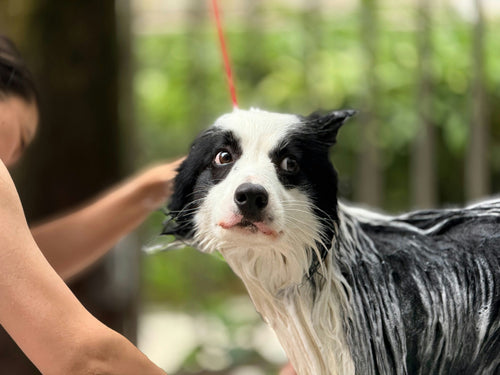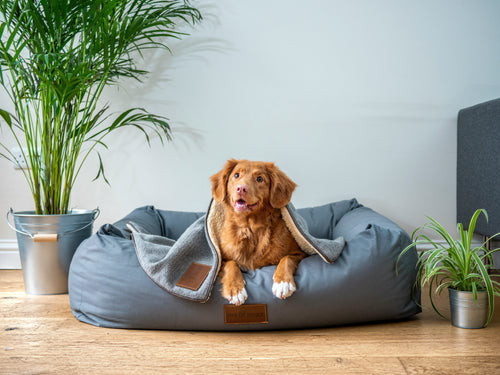Dogs get excited. Doorbells ring, scooters whizz by, fireworks pop—and suddenly your “angel” is doing laps and barking at thin air. A dog calming collar can help you give clear, humane cues so your dog understands what to do instead. This guide explains how calming collars work, when to use them, and how to pair them with reward-based training for the best results
What is a dog calming collar?

A dog calming collar is any no-shock training collar that helps you redirect your dog’s attention and support calm behaviour with gentle cues. The most common humane options are:
-
Vibrating remote training collars – deliver a soft vibration cue on command.
Try: NO-SHOCK Vibrating Dog Training Collar -
Citronella spray collars – use a brief, dog-safe scented mist as an attention cue.
Explore: Citronella Bark Collars (auto & remote)
Why no-shock? Reward-based methods plus gentle attention cues keep learning clear and confidence high. Are dog shock collars cruel?
When should you use a dog calming collar?
Use a dog calming collar to add clarity—not to replace training. Great use-cases include:
-
Pre-bark moments at the window or door (pair cue → reward for quiet).
-
Over-excited greetings (cue → sit/mat → treat).
-
Busy environments (parks, café queues) for “look at me” focus.
-
Recall refreshers when distractions spike.
Avoid using any tool when your dog is frightened; build distance first, then train gradually.
How dog calming collars fit into reward-based training

-
Mark & reward calm
Start at home. Cue a gentle vibration or single spray → your dog looks to you → mark (“Yes!”/click) → treat. Repeat in short reps. -
Add a simple behaviour
After the cue, ask for “sit”, “down”, or “on your mat.” Mark and reward. -
Layer in real-life triggers
Work from easy to hard: hallway → garden → quiet street → busier areas. -
Keep sessions short
3–5 minutes, 2–3 times per day beats one long session.
Choosing the right calming collar (quick buyer’s checklist)

-
Humane cues only: vibration or citronella spray (no shock).
-
Adjustable fit: snug, two-finger rule; check daily.
-
Clear controls: simple remote with distinct buttons.
-
Water resistance & battery life: match your routine.
-
Range: choose enough distance for parks/fields.
-
Spare parts: chargers, straps, extra cans (for spray).
Step-by-step: calming collar setup (first 7 days)
Day 1–2:
-
Fit collar indoors for 10–15 minutes; feed treats, play—no cue yet. Build a positive association.
Day 3–4:
-
Introduce one cue (vibration or spray) at low intensity. Cue → your dog glances at you → mark & treat. 5–8 reps.
Day 5–6:
-
Add a behaviour after the cue: “on your mat” or “sit.” Short sets, high success.
Day 7:
-
Practise near a mild trigger (door knock recording, distant dogs). Keep it easy; success > difficulty.
Pro tip: For barky windows, pre-load a stuffed chew on a mat. Cue → “mat” → pay heavily for quiet.
Common mistakes (and easy fixes)
-
Too many cues: keep it single and consistent.
-
Skipping rewards: the cue gets attention; food/play builds the habit.
-
Going straight to hard triggers: start easy, then scale up.
-
Loose fit or dangling tags: can cause false activations or dull cues.
Pair it with enrichment
-
Short sniff-walks before training (5–10 min).
-
Food puzzles for mealtime focus.
-
Fetch without the chaos: Automatic Ball Launcher to burn energy smartly.
-
Settle snacks: Calmdogs® Healthy Chews and Vitamins as part of a calm routine (complementary feed; not a veterinary medicine).
FAQs: Dog calming collar
Is a dog calming collar safe?
Yes—choose no-shock options (vibration or citronella) and pair with rewards. Start low, keep sessions short, and monitor fit. Are dog e-ollars safe?
Will it stop barking?
It can help you interrupt barking so you can ask for “quiet” and reward calm. The training creates the lasting change.
Vibration or citronella—what’s better?
Depends on your dog. Vibration works well for clear owner-timed cues. Citronella can help with automatic bark reduction at home.
Can I use it on walks?
Yes—use it to get attention before asking for a behaviour (e.g., “look,” “heel,” or “sit”), then mark & reward.
Keep building calm (and make grooming easier)
A dog calming collar works best alongside low-stress routines—and that includes regular, positive grooming. Keeping coats tangle-free, nails tidy and ears clean can lower arousal on walks and make your cues land faster. If your dog is sensitive to clippers or dryers, practise a few short sessions at home first: cue → “on your mat” → reward, then gradually add the sound at a low level.
Heading to a professional? Pick a salon that offers one-to-one or quieter appointments, bring high-value treats, and ask the groomer to pause between stages so you can mark and reward calm moments. For ideas, see our local guides to dog groomers in the UK—Add one or two routines from grooming days into everyday life (calm brushing, gentle paw handling) and you’ll find your dog calming collar cues slot neatly into a calmer, easier week.



